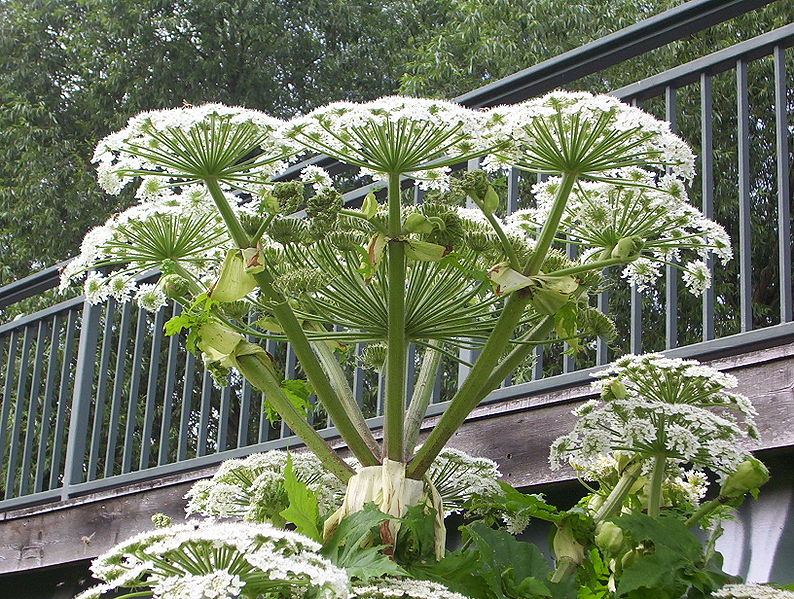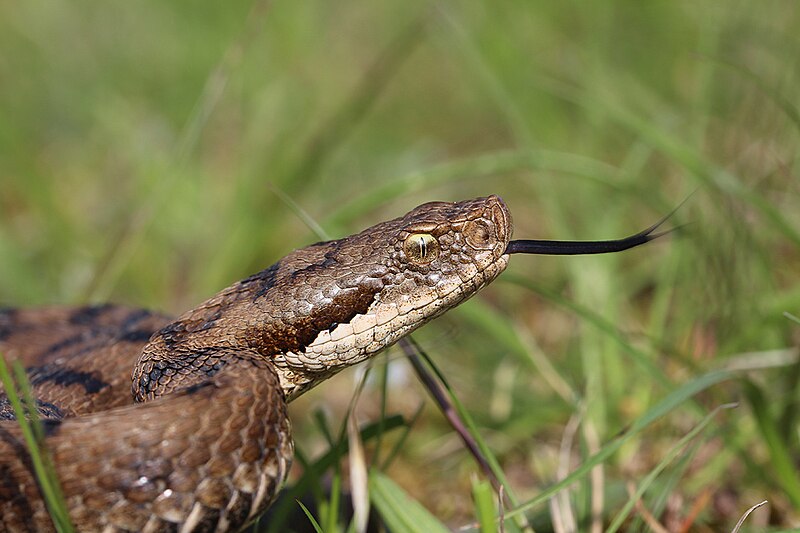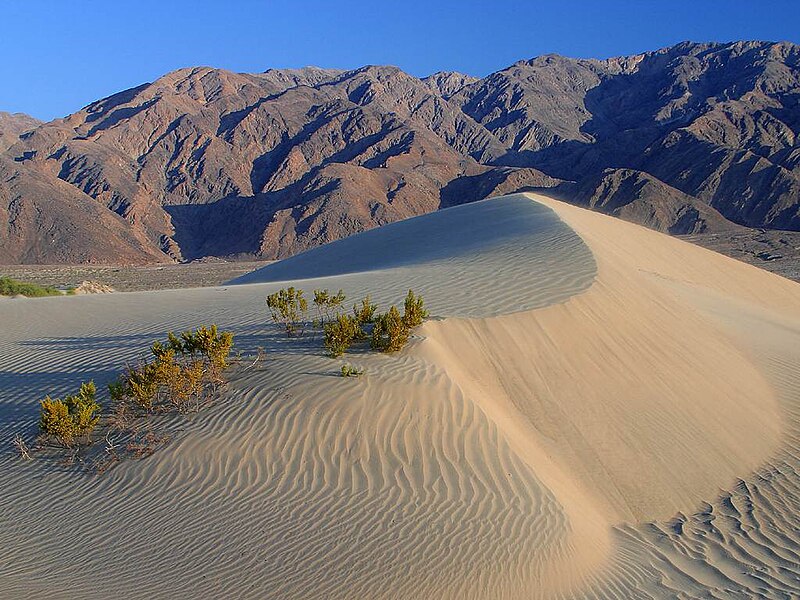I've gone through quite a few changes since I've last wrote on here, first off I've switched to my new job which is taking up a lot of my spare time so evenings are somewhat limited and my new laptop arrived (I'm using it now) so I'll hopefully make it easier for myself to blog on-the-go. I wanted to make a post on everything that's happened this year from start to finish! I'll be looking at of my posts and tell you some more information if I've missed anything out, plus I'll be going into some of the most important stories in the sandboarding scene.
January
Since January is winter in the northern hemisphere and summer in the south; Australia, New Zealand, South Africa, Peru, Chilé & Brazil are the main places to go sandboarding in January. Equatorial regions and the Sahara & Arabian deserts are hotspots too but primarily they can be accessed all year round due to it's hot and dry climate. If you're travelling to the Sahara & Arabian deserts in Winter, it's worth noting that the temperature is known to drop below zero on a winter night but jump up to around a comfortable 20 degrees during the day. January is mainly a month for snowboarding and since sandboarding is out of season in the Southern hemisphere, I mainly was on hold for a long time hence why the only post I made on it was just an update to say where I was. I also was still in college January 2015 but when I finished, I left with 2 U's and didn't want to go back. But enough about college, more about sandboarding!February
January was a quiet month but in February, I didn't blog either but I recently discovered that tennis star Caroline Wozniacki had taken time out of her busy tennis schedule to try out some sandboarding in Dubai, but she's not the only one who's tried it out; Tony Hawk has tried sandboarding as well as has Cameron Diaz in the Chilean Atacama desert. February was also the date of the world sandboarding championships in Germany.March
In March, it was quiet and I found that Daniella Moyes of the Irish Independent went on a trip to Dubai and briefly mentioned Sandboarding in her travels; the 'Corvallis Advocate' (a newspaper in Corvallis, Oregon) also published an article on sandboarding in this month just mentioning the event. This was the only major sandboarding I could find for this month as it is generally considered (out-of-season in North America & Europe).April
In April, I was in Tenerife in the Canary Islands which have some really awe-aspiring sand dunes, but I didn't know about the other island... Gran Canaria; the 'Masopalomas' complex has a large sand dune area on its Southern Side which I hope to go there soon for blogging & leisure. Gadling.com had published an article regarding sandboarding in Death Valley, in this instance we're referring to the Atacama Desert in Chilé; the article also mentions of the incredibly good exchange rate of a 2 hour sandboarding session with training and an excursion in the Atacama itself... 14,000 Chilean Pesos (£14.35, €18.26 & $20.13 as of 24th February 2016).May
2 time world champion of Sandboarding, Gabriel Cruz went sandboarding not far from Sand Master Park, on the coast of Oregon, USA. He now works in Florence at the Sand Master Park itself where it is a paradise of high dunes, great staff, steep mountains, & a whole load of fun whether you're a small child or an adrenaline junkie! May was also the month where the season was coming back into popularity again, usually whenever the weather turns better and less cold, the sandboarding season in the northern hemisphere begins!June
The Great American news service, otherwise known as 'CNN' asked the question "What happens when you take a winter sport and drop it in the desert?" and my answer would be "Something that is just the best thing since sliced bread!" but CNN's article published on June 18th, also told a short summary of a man called Raymond Ichibad who was one of Namibia's first sandboarders, and how he qualified for the World Sandboarding Championship's 3 times and how he got as far as the semi-finals. By reading the article and publishing this on Sandboarding Nation's 2015 Review, I think we should all give Raymond Ichibad our respect! His passion of Sandboarding has now turned him into a Sandboarding instructor which I personally say "Well done, Raymond!"July
Sand Master Jam was taking place at this time in Sand Master Park! It took place on the 18th July and attracted many from far and wide; it tested a variety of skills for amateur and professional sandboarders! One of the photos on the Facebook Page for Sand Master Park appears to be a younger Gabriel Cruz on a rail, The 19th annual Sand Master Jam makes this the longest regular sandboarding event in the world! The Professional Champion of Sandboarding for 2015 and for the event this year was... Gabriel Cruz!August
This was when my summer holiday took place, I did my sandboarding session in Holywell Bay and if you read the post last August, you saw how many photos I took and they're still on the blog and Wikimedia Commons; however in other news, a football match took place for the late Tom Donaldson who died in 2009 whilst Sandboarding with friends in New Zealand.Yahoo also published an article on the world's most athletic beaches, 3 of which have a presence of sand dunes and all of those 3 are in the USA! Hobbit Beach, Indiana Dunes State Park, & Race Point Beach in Oregon, Indiana, and Massachusetts respectively are known for their dunes and their athletic ability. Hobbit Beach in Oregon is close to the town of Florence and if you're a regular reader you'll know that Florence is home to the "Sand Master Park", Indiana Dunes State Park qualifies as a beach as it is bordered by a body of water in the same way Kazakhstan is bordered by the Caspian Sea even though it's the world's largest 'lake' (I'm not a geologist, so I'm not sure what counts as a lake and a sea) & the Race Point Beach in Massachusetts doesn't have high dunes however it does have some nice short slopes ideal for beginners.
September
September was starting to become a bit quieter in aspects of the sport but Kangaroo Island off the coast of South Australia was featured in an article by 'thegrio.com' tells the tale of 'Little Sahara' and the 229 foot sand dune that has a jaw-dropping view of panorama from the apex of the dune, the dune was formed over the past 7,000 years, the sandboarding skills of the writer in this specific post were sort of sloppy on how there were some "epic fails" but it describes how the climb was easy. I personally think the climb is the hardest but I'm not the best of climbers.October
The News Tribune published an article stating that "Fall" (Autumn) is the ideal time to Sandboard; Gabriel Cruz (Two-time World Champion) said that in fall, 'Older people' are more likely to go sandboarding, what Cruz meant by this was people in their late-20s.Hilary MacGregor of the LA times went on a Nazca adventure and on their way back to the capital city of Peru: Lima. Hilary and her crew went to the dunes of Huacachina; you can go up the dunes for a sandboard run and sunset view for only $40 (it wasn't mentioned whether it was 40 US dollars, or 40 Peruvian Sol which the symbol for Sol is S.) If it was $40 USD, it would be the equivalent to £27.93 GBP (as of 21st April 2016) but if it was 40 Peruvian Sol, it would be worth £8.55 GBP (as of 21st April 2016).
November
This wasn't a big month for sandboarding; however this was a big month for the blog as I got a new laptop in the Black Friday sales (primarily for blogging purposes) and I switched occupations from becoming a Retail Sales Assistant to working as a Receptionist/PA. A fellow blogger from Sweden called Angelica Blick wrote about Sandboarding in the desert in mid-November and how she had never stood on a board before (not even in snow), and how it took her 'board virginity' this was on her travels to South Africa, you can read the article here: http://angelicablick.se/2015/11/20/sandboarding/December
In December, you primarily only get sandboarding in the southern hemisphere; however in the North hemisphere, Fox News wrote a piece on how not to break your neck sandboarding in Doha, Qatar. It wasn't that informative on "How not to break your neck sandboarding in Doha, Qatar", it really should have been named "Here is some information on Sandboarding whilst I sandboarded in Doha, Qatar".The writer of the article had said that 2 mistakes were made, the first being that a snowboard was used instead of sandboard, and that the reporter was trying to control the board like they were on snow. It did mention on how Sandboarding needs very little essential gear and on how Sandboarding is an easy and affordable sport. Dr. Dune (who was interview in this article) estimated that roughly 30,000 to 40,000 people regularly sandboard worldwide, doesn't sound like a lot but the rough estimate could be between the national populations of San Marino (population of 31,887) and the Turks and Caicos Islands (population of 40,357). Before I conclude, Dr. Dune had this to say on Saudi Arabia and why he has shipped so many sandboards there: "All they have is sand and oil, and they know what to do with the oil."
I know I said that labels will be gone but this one is an exception as I started this article in December 2015; I'm actually happy to complete this (albeit 4 months overdue) and I've already started the next review now, the reviews will just be annual collective posts on when and where Sandboarding has been in the news.







